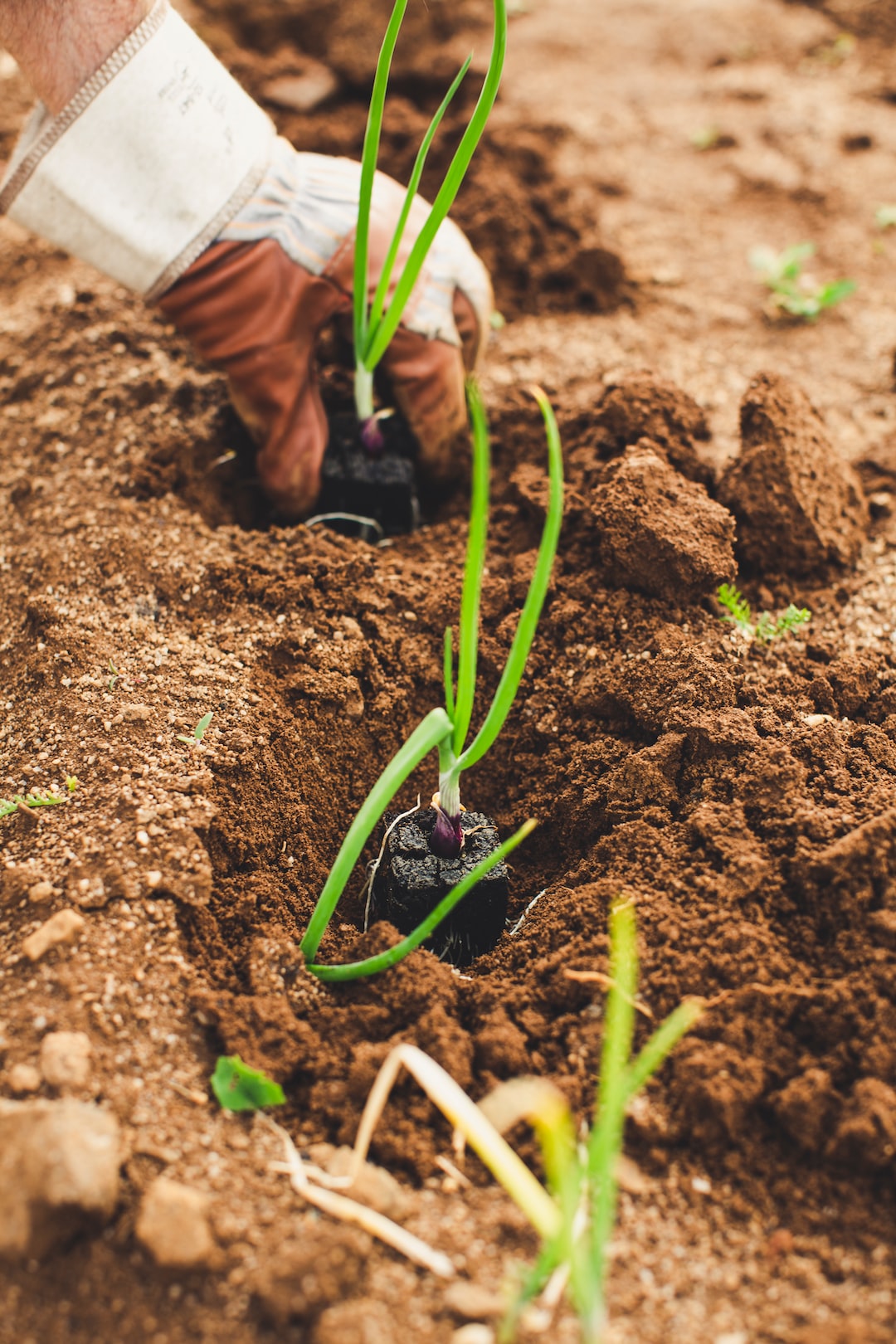Breaking Down Barriers: Creating Inclusive Communities
In today’s interconnected world, the importance of fostering inclusive communities cannot be overstated. An inclusive community is one that values diversity, respects all individuals, and ensures that everyone feels a sense of belonging. Such communities are built on the foundation of breaking down barriers that divide people based on their race, ethnicity, gender, sexuality, religion, or abilities.
Creating an inclusive community requires effort and intention from all its members. It starts with recognizing and acknowledging the diverse range of talents, perspectives, and experiences that each individual brings to the table. Embracing diversity allows for an enriched community where people can learn from one another and celebrate different cultures, traditions, and identities.
Education plays a crucial role in breaking down barriers. By educating ourselves about various cultures, religions, and traditions, we can challenge stereotypes and broaden our understanding of others. Schools and educational institutions have a responsibility to create an environment that promotes inclusivity, where students from different backgrounds feel welcomed and valued. This can be done through curriculum that includes diverse voices and histories, creating safe spaces for dialogue, and encouraging mutual respect.
Breaking down barriers also involves addressing systemic issues that perpetuate inequality and exclusion. It requires dismantling discriminatory policies and practices and implementing inclusive ones. This can be achieved by ensuring equal access to opportunities, resources, and services irrespective of an individual’s background. It means creating workplaces that embrace diversity and provide equal opportunities for all employees, regardless of their race, gender, or abilities.
Communication and dialogue are essential tools for fostering inclusivity. Open and honest conversations allow for the exchange of ideas, perspectives, and experiences. It is crucial to listen actively and empathetically, respecting the lived experiences of others. By actively engaging in dialogue, we can challenge our own biases and assumptions, promoting a more inclusive mindset.
Building inclusive communities also means promoting social justice. It involves advocating for policies and initiatives that address structural inequalities and promote equal rights. It requires standing up against discrimination, prejudice, and bigotry. Inclusive communities are characterized by their commitment to social justice and their willingness to actively promote equality for all.
In conclusion, creating inclusive communities is a collective effort that requires individuals, institutions, and governments to break down barriers that divide people. It is about embracing diversity, challenging stereotypes, and fostering an environment where everyone feels valued and respected. By educating ourselves, addressing systemic issues, promoting dialogue, and advocating for social justice, we can build communities that celebrate our differences and thrive on inclusivity. When barriers are broken down, everyone benefits, and society as a whole becomes stronger and more interconnected. Let us work together to create inclusive communities where everyone can truly belong.

